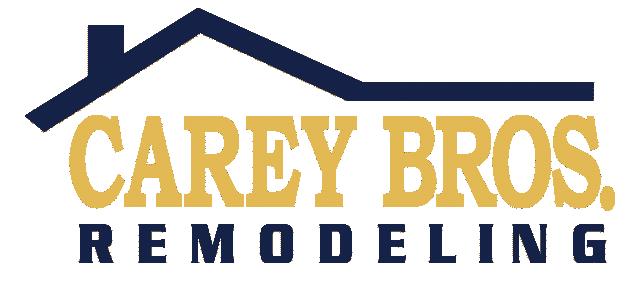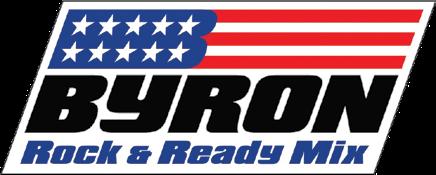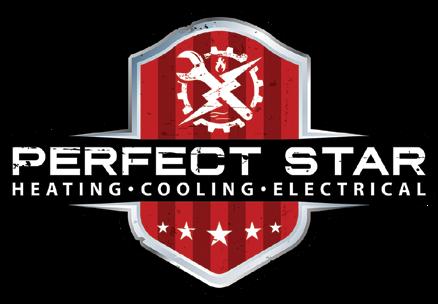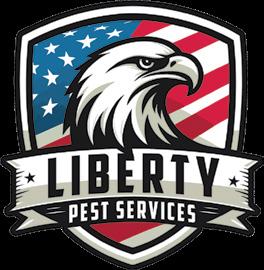


















‘Smart homes’ can offer a family a host of advantages and benefits, but they also come with potential problems, experts say.
A smart home is a residence equipped with devices and systems that can be controlled remotely or automatically, typically with a smartphone, tablet, or voice assistant. This includes everything from climate control, lighting, and security systems to appliances and entertainment systems. These devices are often connected through a central hub or network, which then allow for streamlined control and automation.
According to TechTarget.com, examples of smart home technologies



include smart TVs, lighting systems, thermostats, door locks, garage openers, security cameras, kitchen appliances, along with pet and lawn care. With its origins
dating back to 1975 with the introduction of X10, a communication protocol for home automation, smart systems have gradually evolved over the years with the advent of smart TVs, thermostats, smoke and carbon monoxide detectors, security cameras, and smart speakers. Today, smart home consumer spending has grown from $86 billion in 2020 to approximately $150 billion in 2025, according to data from explodingtopics.com.
Connect Tek, a Brentwood company specializing in outdoor entertainment systems, custom home theaters, light-
You can control lights, locks, or thermostats from your phone, even when you’re not home.
– Jason Lehrer, owner Connect Tek
ing control systems, electrical work, and smart homes, provides entertainment and automation systems. According to Connect Tek CEO and Owner Jason Lehrer, there are plenty of pros and cons with smart homes.
Pros: Convenience, energy efficiency, security, customization.
“You can control lights, locks, or thermostats from your phone, even when you’re not home,” Lehrer said. “Automation scenes can be set for comfort, mood, or routines—like a ‘goodnight’ button that turns off all the lights and locks the doors.”
Lehrer said that smart thermostats, lighting, and shading systems can help reduce energy usage, while security
see Smart home page 4B

When Jason Stanley took over Delta Fence Co. nearly two years ago, he knew he was inheriting more than 40 years of legacy.
“The company had very good standards,” the Brentwood resident said. Delta Fence Co. has served the area for both residential and commercial fencing needs since 1977. “It reminded me of the way I was raised — very diligent with a strong worth ethic.”
But Stanley was not content to rest on his new company’s laurels and has used the opportunity to expand the range of services offered by Delta Fence Co. The company has recently added wood to the list of fencing materials that they offer customers. Other fencing types include vinyl, chain-link and custom wrought iron fencing, among others.
According to Stanley, he saw the inclusion of wooden fencing as a way to leverage the company’s expertise into an area that they hadn’t delved too deeply

into in the past.
Stanley has also been the owner of Sunrise Grading and Paving since 2007, which has allowed Delta Fence Co. to expand their range of services beyond just fencing and given them the ability to also deliver ready mix concrete to local job sites.
“We have a ready mix concrete batch plant, which enables us to provide contractors and homeowners with ready mix concrete in trailers for those jobs that


Jason Stanley, the owner of Delta Fence Co., said the company has recently added wood to the list of fencing materials that they offer customers.
Photo courtesy of Jason. Stanley
aren’t big enough to warrant the use of a ready mix transit truck,” the company’s website reads. “Our mixing trailers and regular buggy trailers both hold one yard of cement.”
While the concrete buggies are limited to the Brentwood area, the area of service for the company’s fence operations extends from the Central Valley to Sacramento, according to Vice President of Operations Shon Neditch.
Through all these changes and expansions of service, one thing has remained a constant for Delta Fence Co.— what Neditch calls a “heavy dose of customer service.”
Customer satisfaction is the most important part of the job, according to Stanley, who lives in Brentwood and wanted to offer quality service close to home for the sake of both the community and his family.
“My kids are getting older, and I was looking for another business venture,” he said of the decision to buy the company. “I wanted to have something [besides Sunrise Grading and Paving] for them, in case one of them didn’t want to get into paving.”
Neditch — who commutes to Brentwood from the South Bay — agreed, called Brentwood “more real and less superficial” than where he lives. The people he interacts with are part of what makes the commute worth it.
Delta Fence Co. is at 6901 Brentwood Blvd. and is open from 7 a.m. until 4 p.m. Monday through Saturday. For more information about the company, including cost estimates and a range of services, visit www deltafence com or call 925-634-5990.
– Advertorial










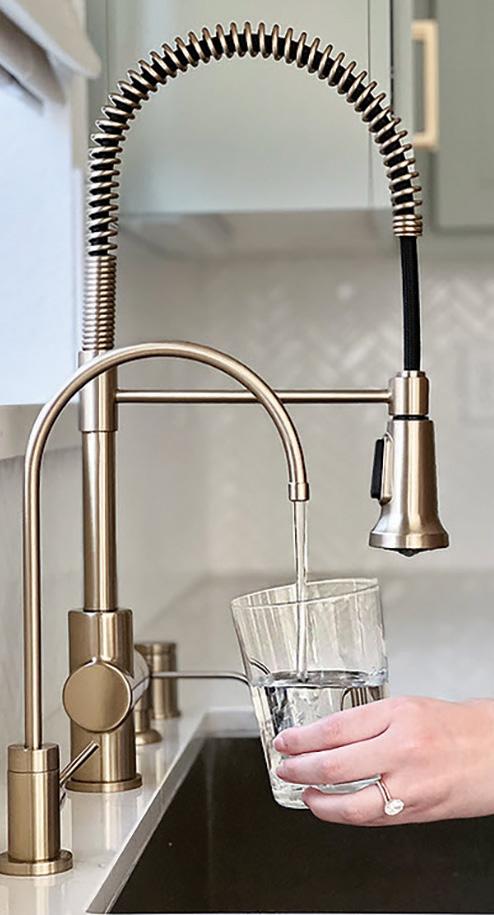





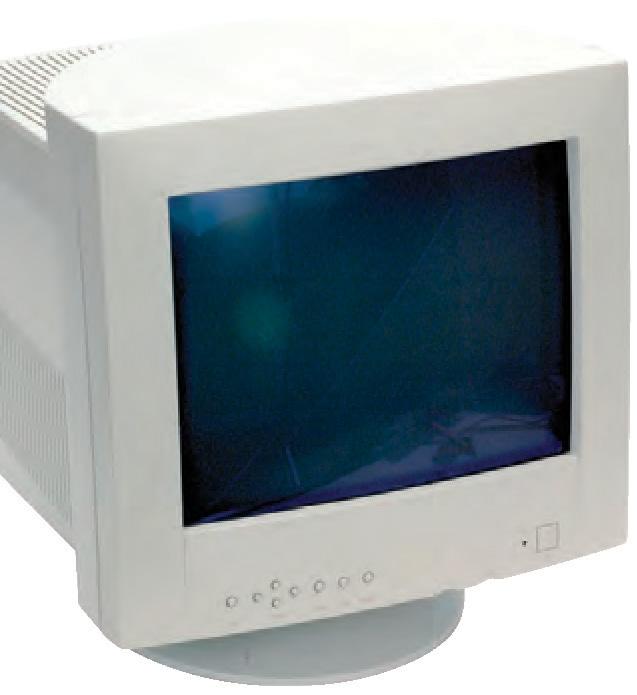
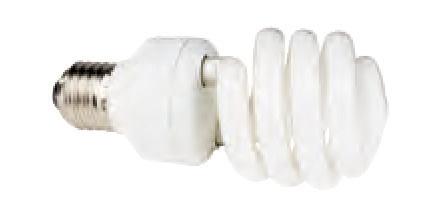

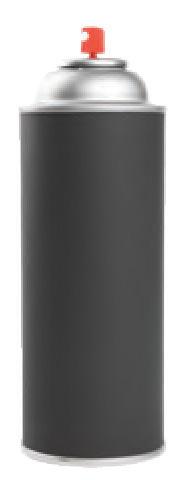




such as smart cameras, doorbells, and locks give homeowners more control and
Cons: perceived complexity, lack of data privacy and security risks, maintenance, a reliable internet connection is required, cost.
According to TechTarget.com, smart systems, particularly fully integrated ones, can be pricey, especially in custom homes, with a makeover of an entire house costing thousands of dollars. Additionally, smart systems are also vulnerable to cyber threats if not properly secured, which also require periodic maintenance and systems updates. Lehrer added that smart homes work best when designed around the lifestyle of the homeowner, emphasizing that it isn’t only about “gadgets”.
“It’s about creating an experience: comfort, security, and ease of use,” Lehrer said. “There’s a learning curve for some systems, and not all devices play nicely together. The quality of the network, Wi-Fi or hardwired, is crucial. Without a reliable backbone, even the best smart systems can
underperform. Lastly, choose systems and brands that are well-supported and scalable. You’ll want room to grow as technology evolves.”
For those interested in getting started on a smart home project, Lehrer said that it all depends on how extensive one may want their smart home to be. For smaller setups, such as smart plugs, bulbs, or thermostats, residents may not need much more than Wi-Fi and compatible devices.
“For a truly integrated system, especially for lighting, shading, or HVAC control, older homes may need retrofitting,” Lehrer said. “That can include upgrading wiring, adding low-voltage infrastructure, or even replacing switches with smart keypads. It’s always best to consult with a professional to evaluate what’s feasible and cost-effective for the specific home.”
For details, about smart homes, visit www.techtarget.com/iotagenda/definition/ smart-home-or-building.
Connect Tek’s website is at www. connecttekinfo.com/











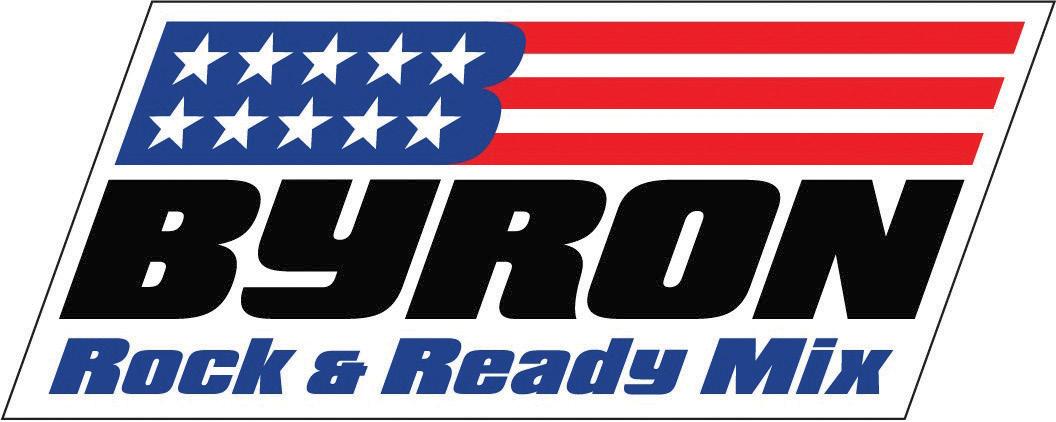







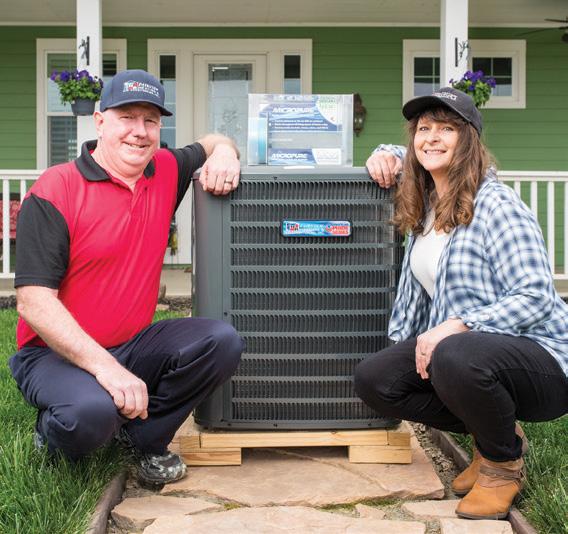
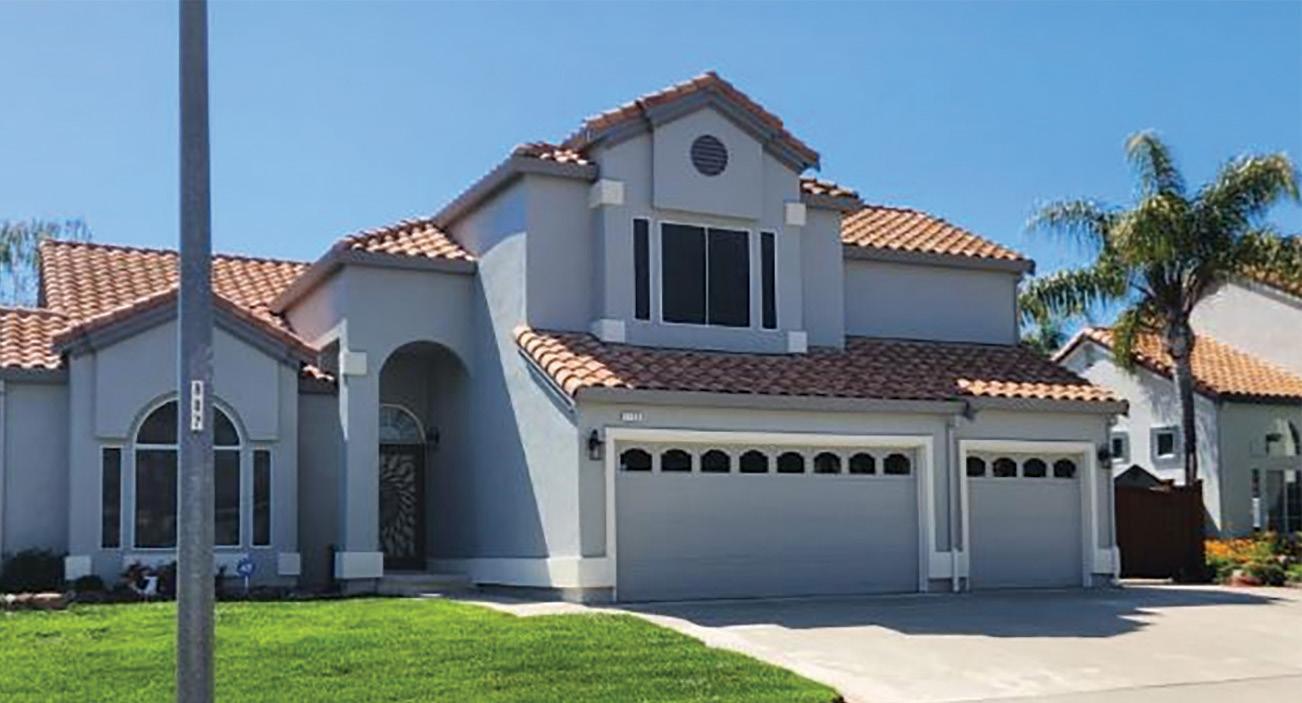


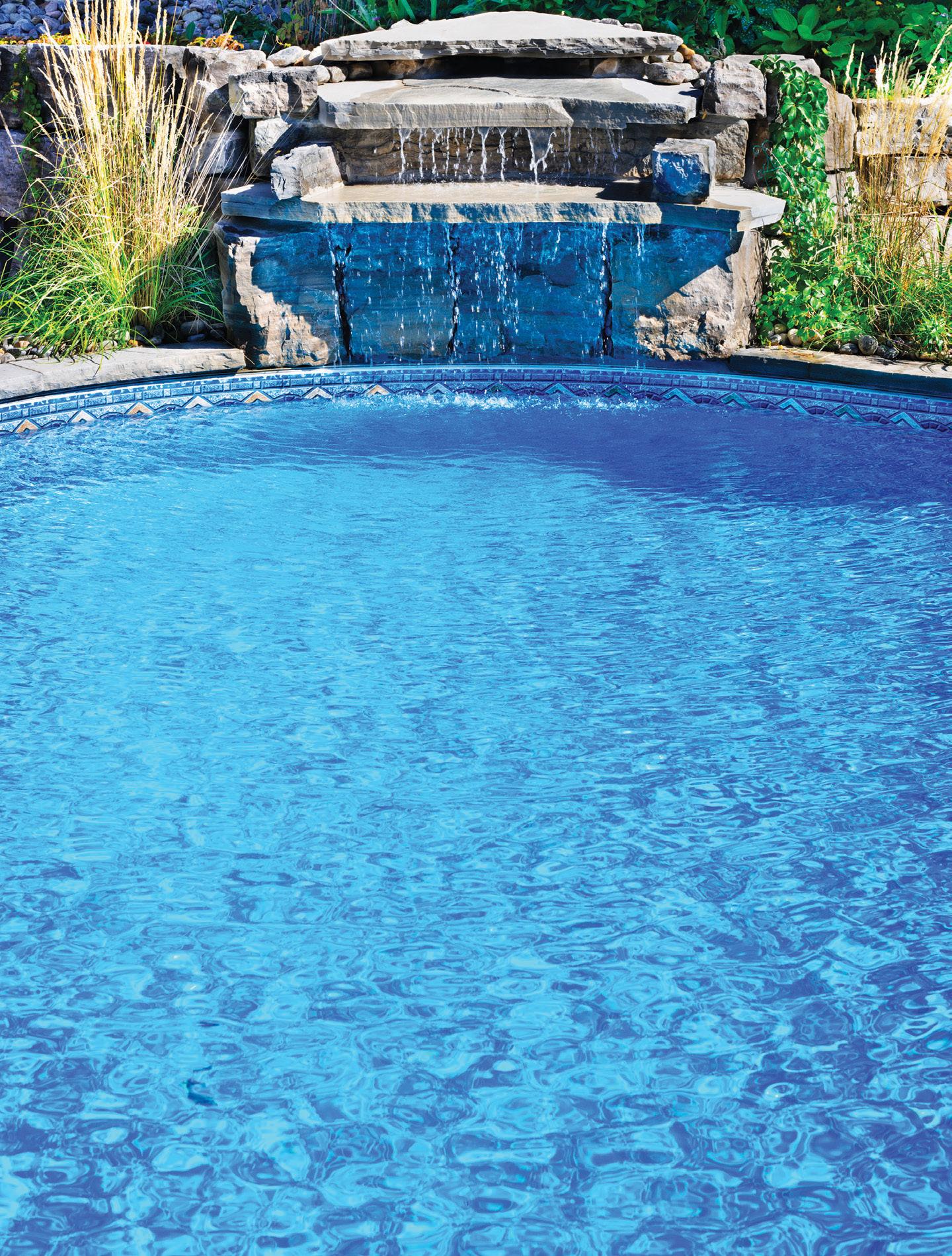
A typical residential property in East County uses more than 18,000 gallons of water per year, according to the Contra Costa Water District.

an irrigation system (drip irrigation is recommended for its efficiency and easy installation)
♦ purchase and install plants
♦ water your lawn efficiently.
“Deep infrequent watering makes plants healthier and better able to withstand drought,” according to www ccwater com. “Lawns can thrive in peak summer with three to four days per week and established plants with two days per week. New plantings need more frequent watering. The optimum time to water your lawn or landscape is during the night or early morning when the sun is down and the temperature is cooler.”
Installing hardscape is a way to “improve a front yard’s functionality and curb appeal,” according to www ccwater com. “For example, adding a pathway from the sidewalk to the front door can add a functional benefit and

create a visually appealing garden element. Another way to create visual interest and a contrast to the plants is dry creek beds and boulders, or steps and walls on sloped properties.”
Mike Martinez, the lead landscape designer at Moon Valley Nurseries at 7021 Lone Tree Way in Brentwood, said “they install drought-tolerant plants” because they require less maintenance and use fewer resources, according to gardendesign.com. Some of these plants include lavender, sage and black-eyed susan all of which require full sun exposure.
The Contra Costa Water District offers a lawn and garden rebate of up to $2,000 by replacing a water-thirsty lawn with an environmentally-conscious landscape. To find out more about lawn alternatives and information about their rebate program, visit www ccwater com. To find local landscapers go to page 2B and 12B.


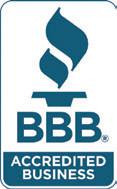

It may not be enough to simply stay indoors to avoid allergic reactions on spring and summer days. Embracing measures to improve indoor air quality can be vital for allergy sufferers as well.

Seasonal allergies can turn a warm and welcoming spring or summer day into something else entirely.
Congestion, runny nose, sneezing, and itchy eyes are just some of the unpleasant symptoms of seasonal allergies, which are most often triggered by high pollen counts during spring and summer.
The Mayo Clinic advises seasonal allergy sufferers to stay indoors when pollen counts are high. But what about indoor air quality? The Asthma and Allergy Foundation of America (AAFA) reports that eight out of 10 people are exposed to dust mites and six out of 10 are exposed to cat or dog dander. Dust mites and pet dander can each trigger allergic reactions. Pair those two triggers with higher pollen
see Allergies page 8B


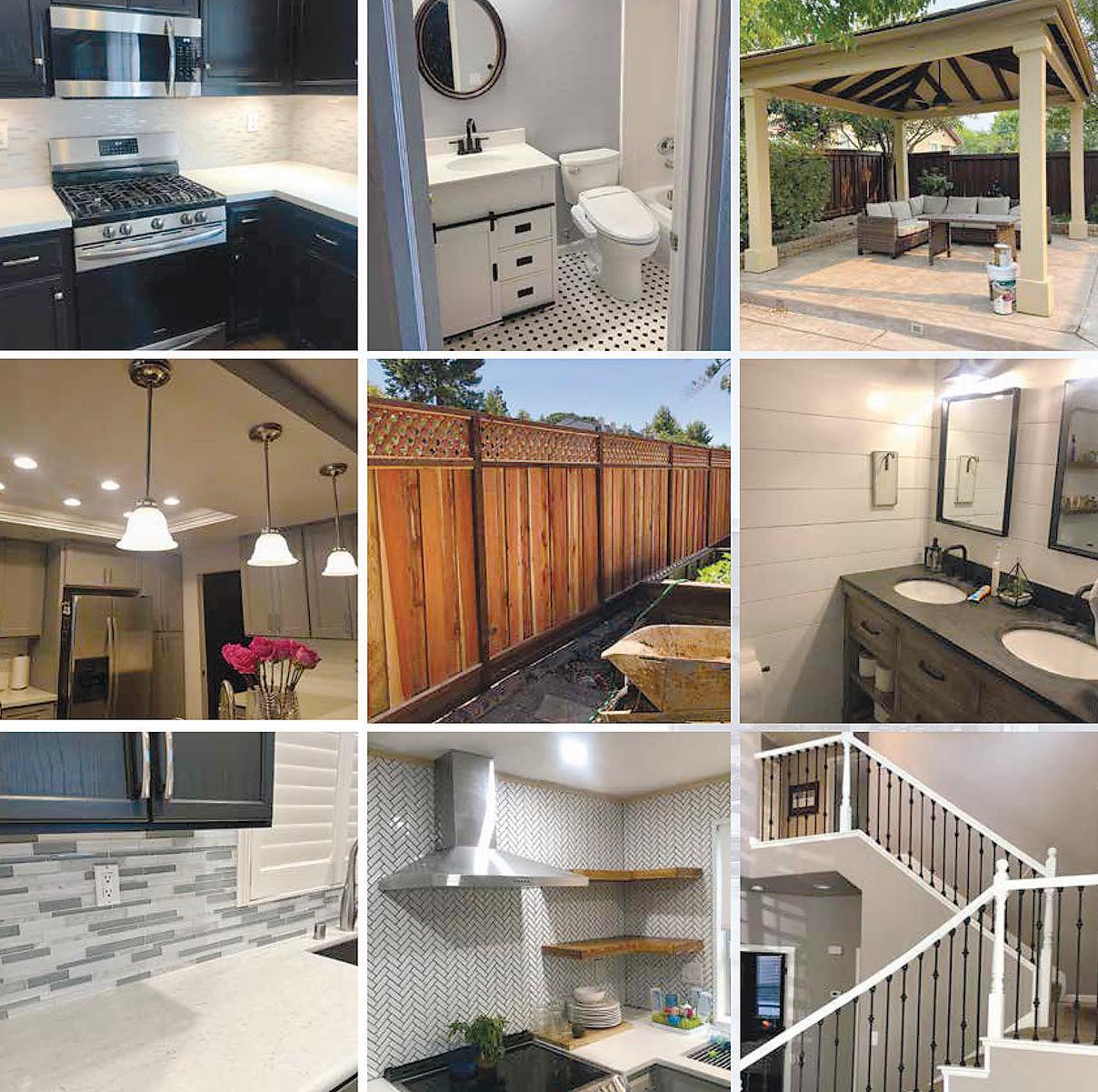










Bathroom and kitchen remodel? We can handle it from start to finish!
Need additional outlets, ceiling fans, sconces or recessed lighting? We do that, too!
Interior, exterior, fence or other structure that needs painting? We’ve got you covered!
Gutter cleaning, pressure washing, fence repair, landscaping, hauling? We’ve got you covered!




































counts common in spring and summer and it’s no wonder that many seasonal allergy sufferers are ambivalent about the warmweather seasons. Steps can be taken to keep indoor air clean during allergy season.
Many people embrace opportunities to open their windows and doors on warm days, but doing so allows outdoor allergens like pollen to get inside. Pollen can attach to furniture and clothing, and that can make time indoors unpleasant for allergy sufferers. Maintain indoor air quality by closing windows and doors on windy days and/or days when pollen counts are high.
The AAFA notes that air cleaners with Certified Asthma & Allergy Friendly filters can filter nearly 98 percent of allergen particles in the air. The AAFA maintains a list of certified air cleaners at asthmaandallergyfriendly.com.
The Mayo Clinic notes that, in most homes, items such as bedding, upholstered furniture and carpeting provide an ideal
environment for dust mites, which are microscopic bugs that trigger allergic reactions in many people. The AAFA recommends keeping surfaces in a home clean and uncluttered to control dust mites. Washing bedding and uncovered pillows in hot water each week also can help to corral dust mites and improve indoor air quality.
Frequent vacuuming is another way to improve indoor air quality. The AAFA maintains a list of Certified Asthma & Allergy Friendly vacuums that have been tested and found to prevent allergens from reentering the air.
Mold also contributes to poor indoor air quality. Dehumidifiers can be used to reduce mold and dust mites, making these beneficial additions to allergy sufferers’ homes. Minimizing house plants around the house and addressing leaky fixtures immediately are some additional measures to prevent mold infestations.








Homeowners know that the work of maintaining a home is never done.
Cleaning is a daily task associated with homeownership, and such sessions can reveal more than dust buildup or dirty walls and surfaces. When cleaning a home, homeowners can pull double duty and look for potentially hazardous situations. For example, vacuuming and dusting sessions can present a great opportunity to spot electrical hazards that might otherwise go unseen. With that in mind, homeowners can watch for these four signs of potential electrical hazards.
1. Tingling when touching an electrical appliance: The National Fire Protection Association (NFPA) advises homeowners to call a qualified electrician immediately if they experience a tingling feeling when touching an electrical appliance. The Electrical Safety Office notes experiencing a tingle or the feeling of being shocked is not normal. Homeowners who feel that should avoid the location and warn others in the home to do the same.
2. Wall outlets that look or feel unusual: Wall outlets do not garner much attention, as many are low enough to be out of sight or even behind furniture. So
a cleaning session might be the only time homeowners will notice issues with wall outlets. The NFPA notes discolored outlets or outlets that feel warm to the touch is a sign of an electrical problem. Various issues can cause outlets to look or feel unusual. An outlet could be short-circuiting or wires could be damaged, and each issue merits the attention of a qualified electrician.
3. Foul odors: An odor that calls to mind burning rubber is another indicator of an electrical problem. Various electrical experts indicate such odors can be indicative of damaged wiring, an overloaded circuit or loose connections, each of which poses a significant safety hazard. The NFPA urges homeowners to contact a qualified electrician immediately if they sense a smell of burning rubber in their homes.

4. Flickering lights: Homeowners won’t need to wait until cleaning sessions to notice flickering lights. Such flickering is hard to miss regardless of what residents are doing inside a home. Sometimes lights flicker because of a loose bulb, so homeowners who notice flickering should first turn off the light, let the bulb cool down if need be and then check to make sure it isn’t loose. If the bulb isn’t loose, then lights could be flickering for a see Hazards page 11B
COMMERCIAL: 5 AM - 6 PM | GENERAL PUBLIC: 7 AM - 6 PM
WE ACCEPT:
Appliances • Construction Debris • Electronics • Furniture
Landscape Waste • Mattresses • Organics • Solid Waste Tires • Treated Wood and more!
WITH BEST-IN-CLASS CERTIFICATIONS AND SMART TECHNOLOGY
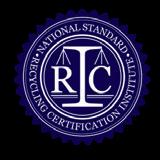





Longer hours of daylight and warmer temperatures are hallmarks of spring, and each of these variables do much to contribute to the reputation of a season that’s become synonymous with rejuvenation.
After months of colder temperatures and huddling up indoors, people might find the welcoming conditions of spring irresistible, which compels many to spend more time outdoors. There’s no shortage of things to do
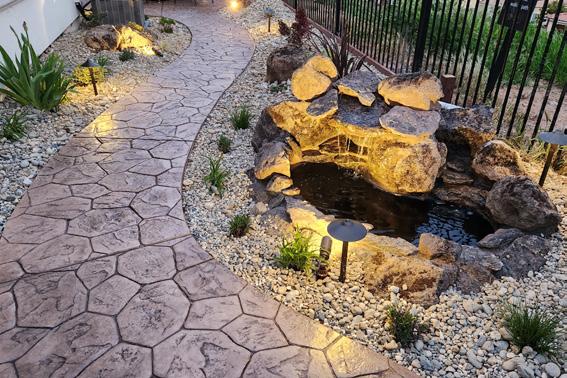


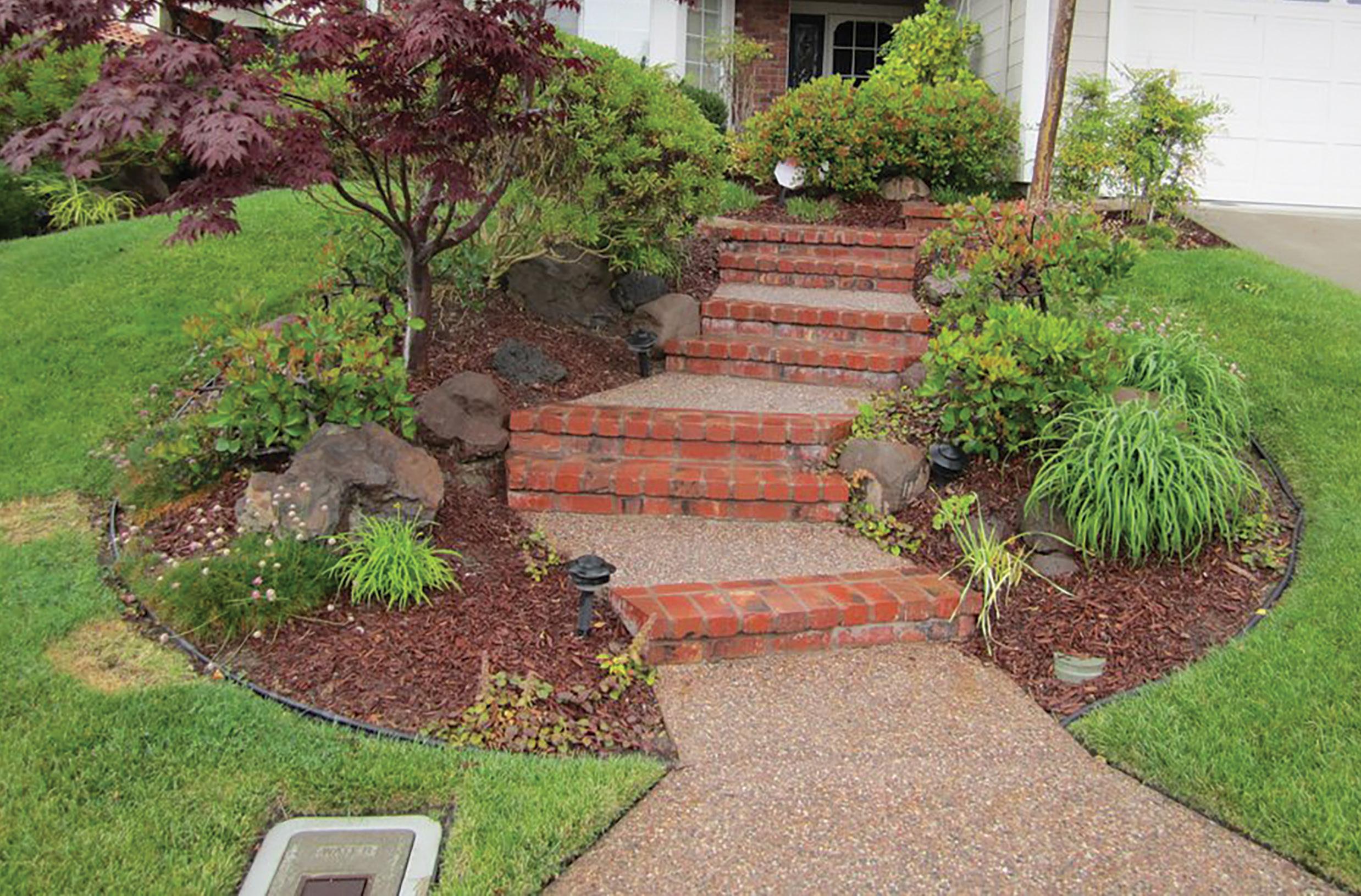

outside in spring, and the season marks a perfect time to reestablish one’s green thumb and get down and dirty in the garden. Gardening is a rewarding and healthy activity, though some, particularly seniors, may need to approach springtime sessions in the garden with a heightened degree of caution. Seniors can keep these health and safety tips in mind as they celebrate the return of spring and what that means for their gardens.
• Recognize that gardening is exercise. The Centers for Disease Control and Prevention identifies gardening as a good form of exercise, and evidence supports the notion that gardening is a particularly beneficial form of physical activity. A 2024

meta-analysis published in the Journal of Neurology, Neurosurgery & Psychiatry indicated that individuals who engaged in low levels of leisure time physical activities such as gardening are likely to have a lower risk of stroke than peers who are sedentary. It’s important to keep these findings in mind when gardening, which is perhaps more physically demanding than some may recognize. Seniors can approach gardening just like they would other forms of exercise, taking the same precautions, such as stretching before and after each session and making a concerted effort to remain hydrated while out in the garden.
• Incorporate rest into your garden routine. Rest is vital for anyone engaged in physical activity, including gardeners. Frequent breaks during gardening sessions can help avoid strains and sprains and provide opportunities to hydrate and get out of the sun. If possible, seniors can identify a shaded
Hazards from page 9B
multitude of reasons. A loose connection can cause flickering, as can an overloaded circuit. Homeowners also may not realize that not all bulbs and dimmer switches are designed to work together. For example, modern LED light bulbs often require the installation of specific dimmer switches or the lights won’t operate properly. Flickering can result if these products are not compatible. If a home is old, then flickering lights could be due to old wiring
spot on their properties and place a bench there so they have somewhere to rest during gardening sessions.
• Use ergonomic gardening tools and other specialized products. The Center for Excellence in Disabilities at West Virginia University notes that ergonomics studies movements of a person’s body during physical activities in an effort to produce tools that ensure a task has as little physical impact on the body as possible. Ergonomic tools are designed to lower injury risk, improve efficiency and increase satisfaction that stems from performing a particular activity. Before each gardening season, seniors can inspect their existing tools and replace them with ergonomic alternatives, if necessary. In addition, seniors can utilize specialized products, including long-handled gardening tools that reduce the need to bend over or kneel down, to further reduce their risk of injury while working in the garden.
that needs to be replaced.
East County residents can contact the following businesses for help with electrical questions:
Contra Costa Appliance, Adam and Nicole Simas, 925-634-0179, info@ ccasbrentwood.com
Carey Brothers Remodeling, 401 Sunset Drive, suite l, Antioch, 925-7660189, James Carey / Jamie Altman, james@ careybros.com, Jamie@careybros.com
– Courtesy of Metro Creative







